
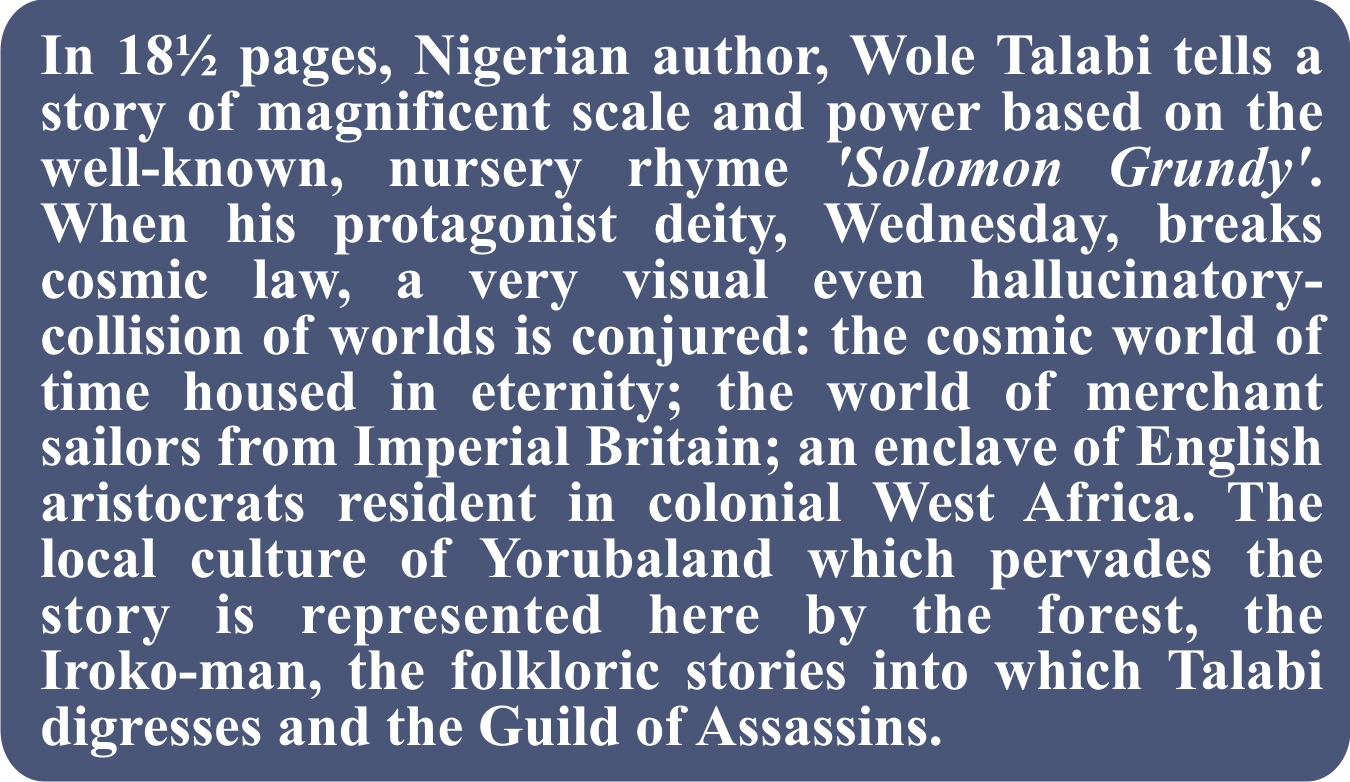

Tell us a little about yourself: your education and professional background; how you started writing and if it isn’t too personal, how you got from Nigeria to Malaysia, where you work.
Well, I studied chemical engineering for my Bachelors degree before moving to the UK to complete a Masters degree in petroleum engineering. I got hired by an oilfield services company working mostly in software consulting and after 2 years in the UK, I got transferred to Malaysia where I still am. I don’t remember exactly when I started writing. I guess I’ve been making up stories for as long as I’ve been reading, and that is a long time, since I was a child. But I only started trying to write for an audience about 10 years ago, first on my blog and then later in other online blogs and magazines. I’ve sort of learned (and am still learning) to write from reading and writing.

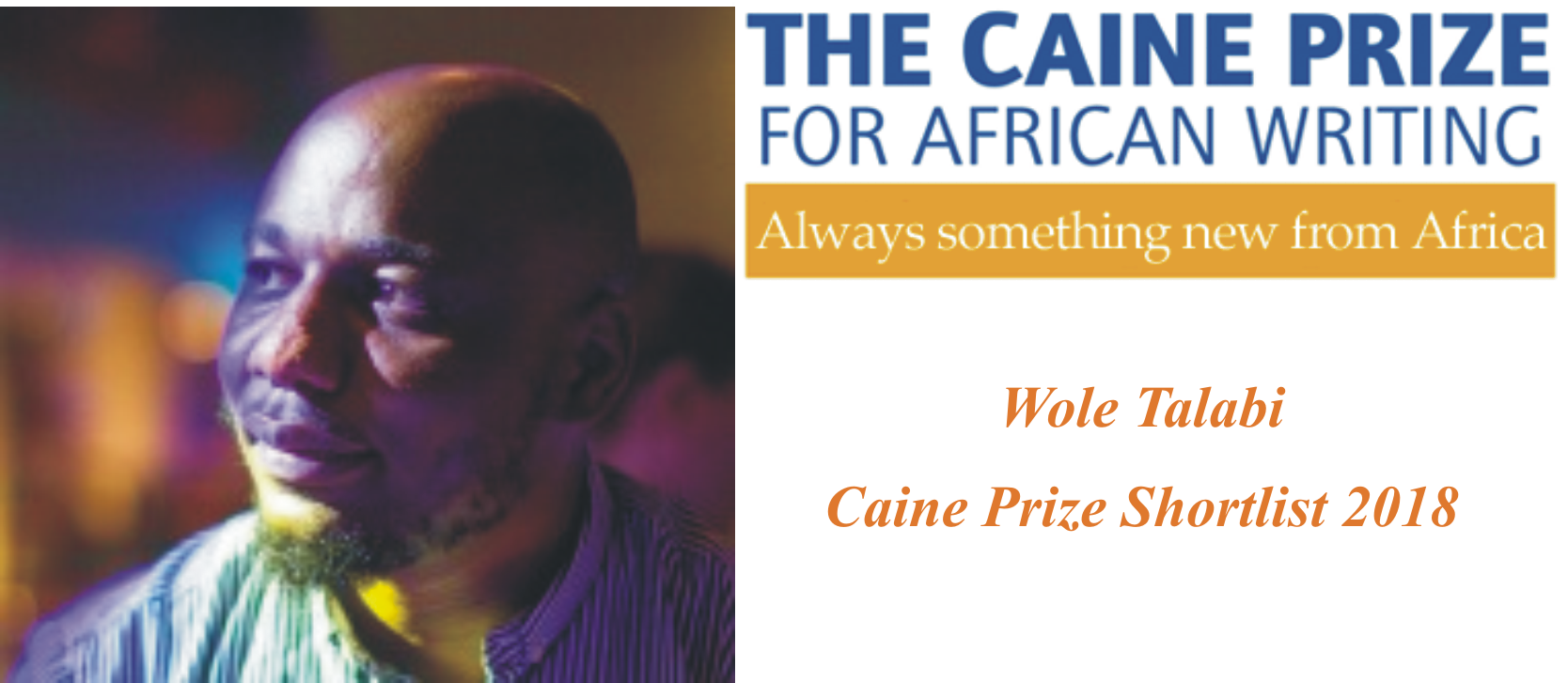 Does your training as an engineer
influence your writing? If so, how?
Does your training as an engineer
influence your writing? If so, how?
I think it does, I often find myself transposing science and engineering concepts and ideas into other areas of my life. In terms of genre, I’m very interested in science fiction and will often get lost in the technical details of an idea proposed in a sci-fi story, sometimes I even get out the calculator and graph paper.

How long did it take you to write Wednesday’s Story? Share a few special features from your writing process.
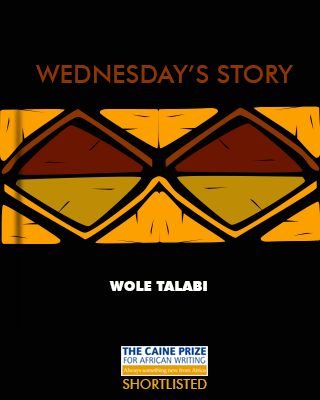 Wednesday’s Story was
an odd story
Wednesday’s Story was
an odd story 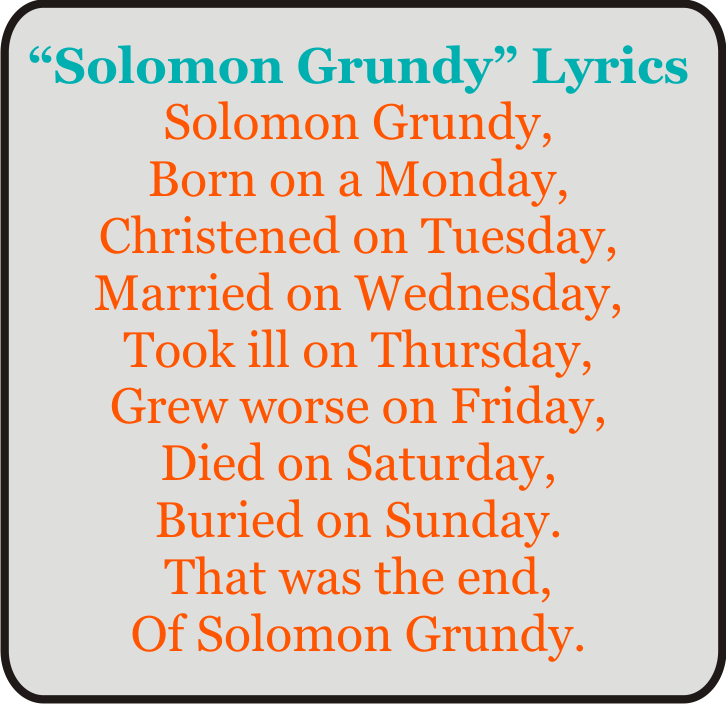 for me to write because I had so many ideas floating in my head
when I started it. I started and got stuck for months after writing the first
page or so. Then one afternoon, I decided I was going to make the story about stories
and writers and readers and how they all affect each other. Inspired, I wrote
about half the story before getting stuck again. That time I almost deleted the
whole thing. Eventually, I sent the half-story to a writer friend, Pemi Aguda,
who told me she liked it and wanted to see how it would end. A few days later,
while reading some old folktales, the final inspiration for an ending came and
I finally finished the story.
for me to write because I had so many ideas floating in my head
when I started it. I started and got stuck for months after writing the first
page or so. Then one afternoon, I decided I was going to make the story about stories
and writers and readers and how they all affect each other. Inspired, I wrote
about half the story before getting stuck again. That time I almost deleted the
whole thing. Eventually, I sent the half-story to a writer friend, Pemi Aguda,
who told me she liked it and wanted to see how it would end. A few days later,
while reading some old folktales, the final inspiration for an ending came and
I finally finished the story.
To be honest I don’t think I have much of a fixed writing process. I get ideas for stories into my head, think about them for a while and then whenever I have some time, sit down and try to write them out. Sometimes I spend months or even years carrying an idea with me before I write it. Other times, it’s done within a few hours. And as you can tell from above, in the case of Wednesday’s Story, sometimes it all comes out in a series of uneven spurts.

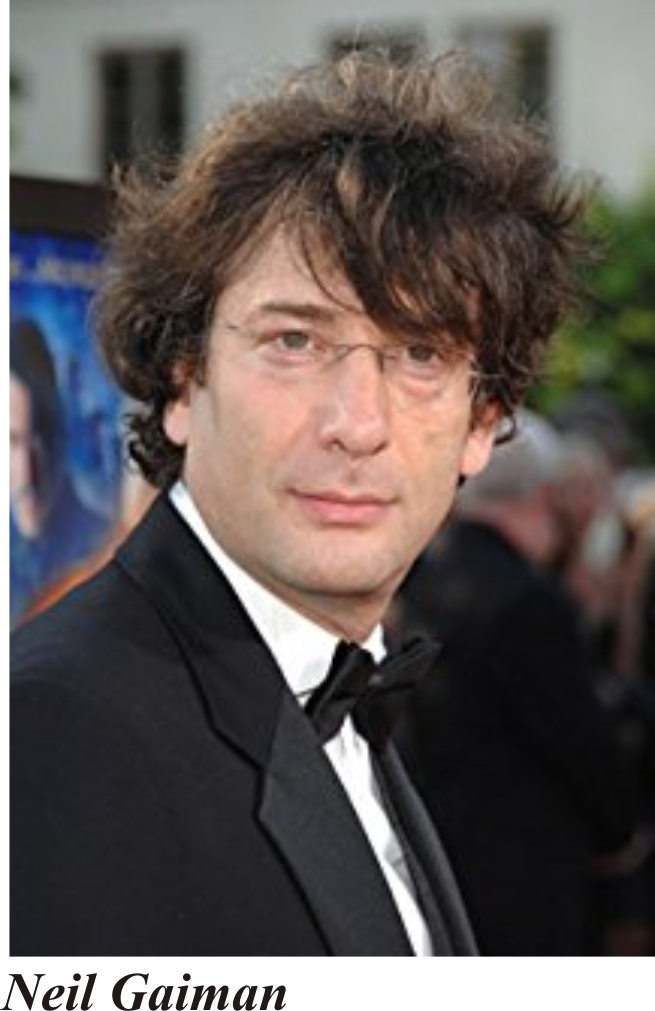 Well, nothing quite
so grand. Wednesday’s Story is a sequel
Well, nothing quite
so grand. Wednesday’s Story is a sequel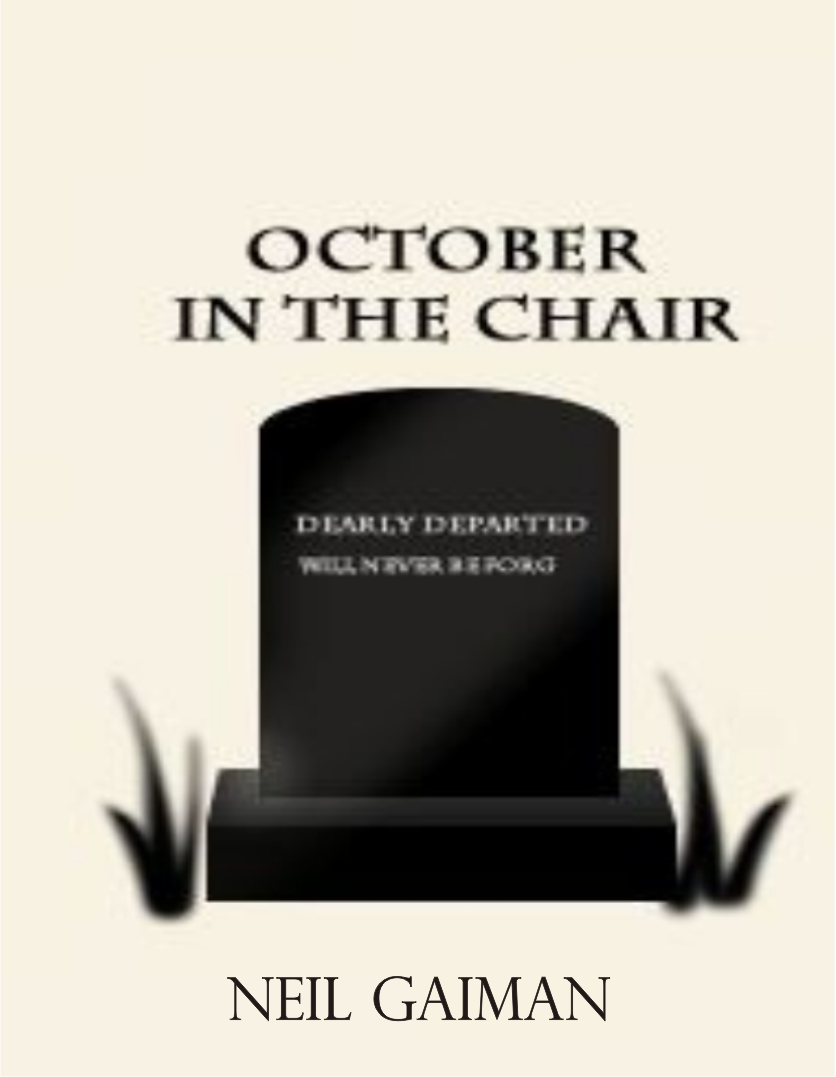 to another story I
wrote four years ago called Thursday, which was published in The
Kalahari Review. In that story, the Days tell the first story I reference in
this one as an inciting event, the story of the girl Emeh. That story itself
was inspired by Neil Gaiman’s wonderful story October in the Chair, which he wrote as a tribute to the legendary
Ray Bradbury, and which I loved. After I wrote Thursday,
another writer friend who read it and liked it, sent me a message on Twitter
with an idea: Use the characters of the Days from Thursday and
the nursery rhyme story of Solomon Grundy to tell a new story. I thought it was a great idea,
but I had no clue exactly what to do with it. Still, I was inspired, so I wrote
the opening on the day she sent that message, but then I got stuck. Then I
thought about why I was writing this story: a sequel using a popular children’s
rhyme suggested by another writer to a story inspired by another story which
was in turn a tribute to another writer. And then I decided I was going to make the story about the nature of stories and writers
and readers and how they all affect each other. That’s basically what I was
going for. But writing is a strange alchemy, sometimes other things came out of
the writing process as by-products, and readers find and enjoy them. I’m glad
for that too. Stories, once they are told, put out in the world, no longer just
belong to the person telling them.
to another story I
wrote four years ago called Thursday, which was published in The
Kalahari Review. In that story, the Days tell the first story I reference in
this one as an inciting event, the story of the girl Emeh. That story itself
was inspired by Neil Gaiman’s wonderful story October in the Chair, which he wrote as a tribute to the legendary
Ray Bradbury, and which I loved. After I wrote Thursday,
another writer friend who read it and liked it, sent me a message on Twitter
with an idea: Use the characters of the Days from Thursday and
the nursery rhyme story of Solomon Grundy to tell a new story. I thought it was a great idea,
but I had no clue exactly what to do with it. Still, I was inspired, so I wrote
the opening on the day she sent that message, but then I got stuck. Then I
thought about why I was writing this story: a sequel using a popular children’s
rhyme suggested by another writer to a story inspired by another story which
was in turn a tribute to another writer. And then I decided I was going to make the story about the nature of stories and writers
and readers and how they all affect each other. That’s basically what I was
going for. But writing is a strange alchemy, sometimes other things came out of
the writing process as by-products, and readers find and enjoy them. I’m glad
for that too. Stories, once they are told, put out in the world, no longer just
belong to the person telling them.
You explained to the audience at the SOAS readings for the Caine Prize held in June what the distinctions are between science fiction, speculative fiction and fantasy. I am sure many more people would like to know. Briefly, what are the distinctions and what key features should we expect from each?
 Well I will preface this by saying that while I don’t like genre
Well I will preface this by saying that while I don’t like genre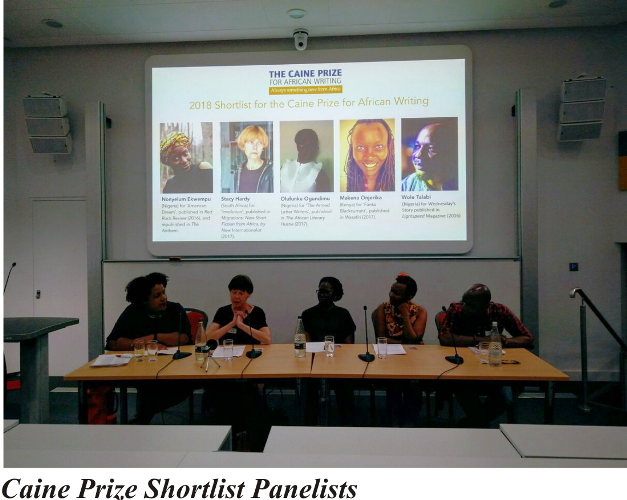 classification and distinctions, sometimes they can be a useful shorthand for
readers managing expectations (which is probably why marketers like them and
writers don’t). Also, genres are hard to define and ever evolving. Author Mark
C. Glassy argues that the definition of science fiction is like the definition
of pornography: “you do not know what it is, but you know it when you see it.â€
classification and distinctions, sometimes they can be a useful shorthand for
readers managing expectations (which is probably why marketers like them and
writers don’t). Also, genres are hard to define and ever evolving. Author Mark
C. Glassy argues that the definition of science fiction is like the definition
of pornography: “you do not know what it is, but you know it when you see it.â€
That being said, speculative fiction is everything that isn’t realism, and it spans the entire continuum of the fantastic, any fiction that bends the known world… whether just a little bit or a lot. I find it useful to consider science fiction as a subgenre of speculative fiction, based on a reasoned extrapolation of established knowledge and created with respect to the scientific method.
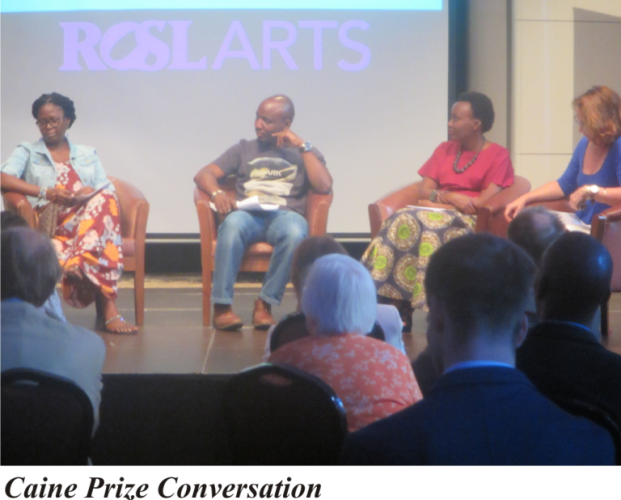 Fantasy, I consider as a sub-genre of speculative fiction based on
imagined creatures, events, forces, people and other elements that do not come
from reasoned extrapolated of established knowledge and are presented without
respect to a scientific method.
Fantasy, I consider as a sub-genre of speculative fiction based on
imagined creatures, events, forces, people and other elements that do not come
from reasoned extrapolated of established knowledge and are presented without
respect to a scientific method.
The reason I find this distinction useful, is because as I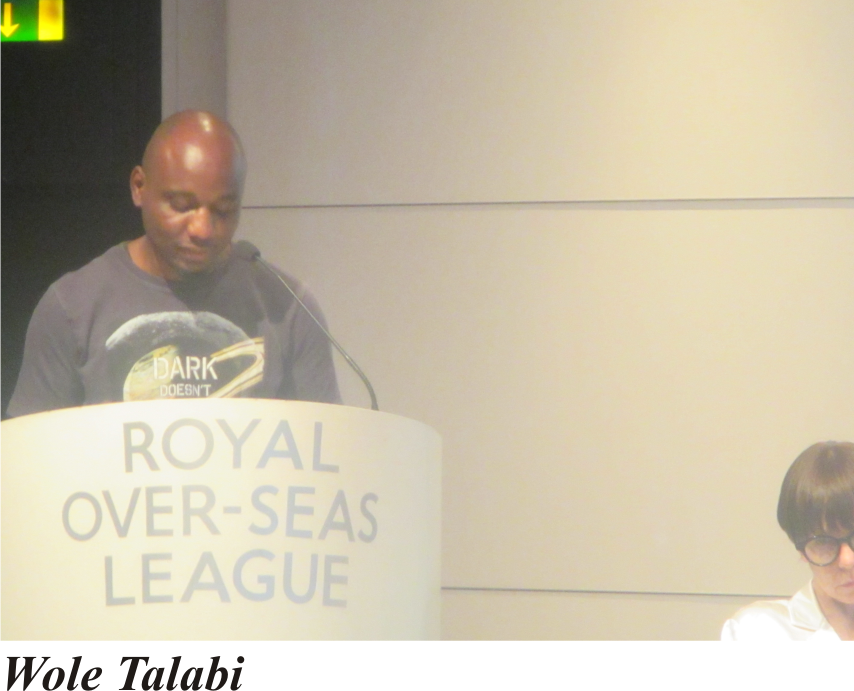 mentioned
before it helps set my expectations. Also, sometimes people talk, people talk
about science fiction being inspirational, being useful for educating people
about actual science and technology. For that to be the case, then it should
more or less follow the definition I gave. So, the difference between fantasy
and science fiction is not what is described but in how it is described. For
example – time travel. Typically it is considered a science fiction trope but
if the story takes time to propose that the time travel occurs due to
manipulation of tachyons (an area of active research in physics) or something
similar, then it can be considered science fiction. If it simply states that
time travel happens by piercing the air with a stone (as in my story and
definitely not an area of active research) or something like that, it can be
considered fantasy.
mentioned
before it helps set my expectations. Also, sometimes people talk, people talk
about science fiction being inspirational, being useful for educating people
about actual science and technology. For that to be the case, then it should
more or less follow the definition I gave. So, the difference between fantasy
and science fiction is not what is described but in how it is described. For
example – time travel. Typically it is considered a science fiction trope but
if the story takes time to propose that the time travel occurs due to
manipulation of tachyons (an area of active research in physics) or something
similar, then it can be considered science fiction. If it simply states that
time travel happens by piercing the air with a stone (as in my story and
definitely not an area of active research) or something like that, it can be
considered fantasy.
A final note I wanted to bring up at that panel but didn’t have time for is that its important to note that science fiction and fantasy stories can switch genres as research proceeds, the boundary of established knowledge moves and the foundations on which things are extrapolated or presented are proven or disproven. Science is a process and is constantly in flux.

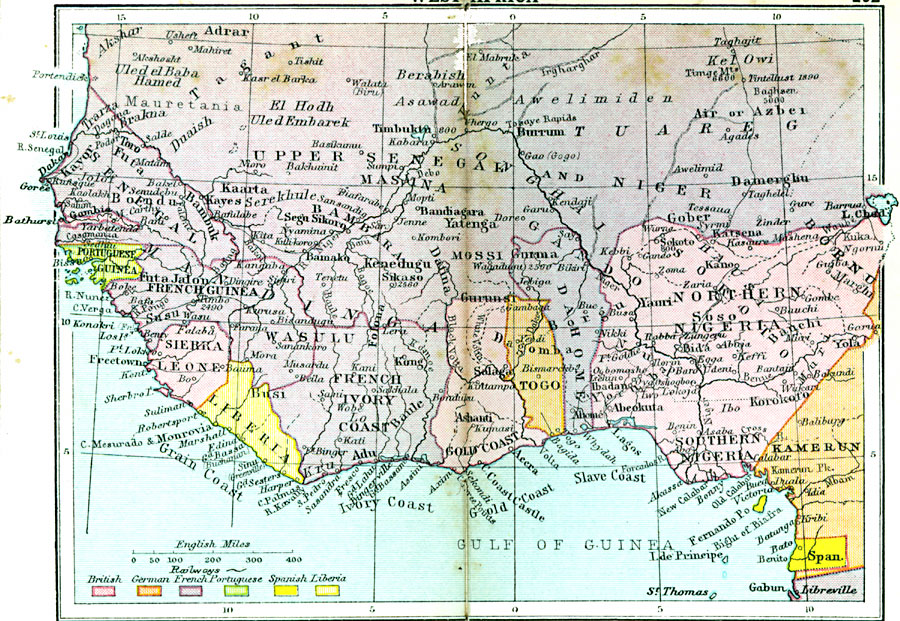 Solomon Grundy is a child of rape: a
merchant sailor from Imperial Britain forces himself on a defenceless Yoruba
kitchen maid.
Solomon Grundy is a child of rape: a
merchant sailor from Imperial Britain forces himself on a defenceless Yoruba
kitchen maid.
Why did you choose the colonial setting and this kind of birth for Solomon Grundy?
I wanted to have the story take place in Nigeria but also refer to Solomon Grundy. which is an English nursery rhyme. The longest and most impactful relationship Nigeria has had with England is a nasty one. That of colonization. Colonization, at its heart is a kind of rape and I wanted some element of Solomon’s story to reflect that.

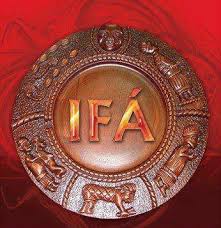 Talk to us about your choices in this
context and also
Talk to us about your choices in this
context and also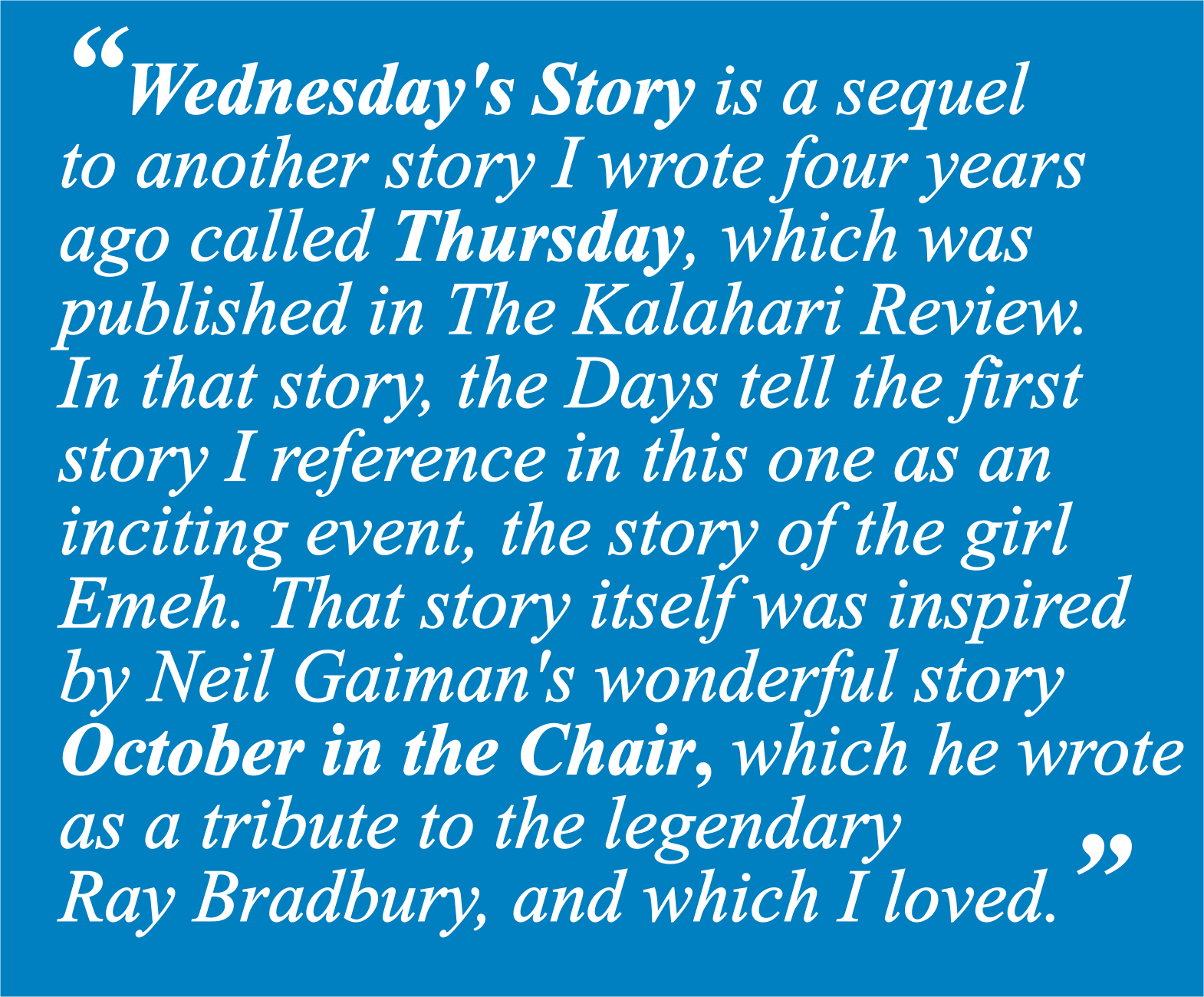 about how Yorubas, also pantheists, expressed the passage of
time before colonisation?
about how Yorubas, also pantheists, expressed the passage of
time before colonisation?
The simple answer is that I had to use the 7 weekday personifications of time because I had already used that version any way in the prequel story (Thursday). I did consider switching to a Yoruba version of this but the original Yoruba calendar which is called Kojoda operated in four days cycles. Each day of the week was dedicated to different Orisa. However, when the Yoruba began trading with Arabs, Europeans, etc, the Yoruba adopted a parallel 7 weekday system as well, for business and trade. Since I wanted to keep the Orisa separate from personified days of the week, as well as keep the mix of English and Yoruba culture, it made sense for me to keep using the 7-weekday version.

What inspired the surprising and brilliant conception of Wednesday?
I imagined each day of the week as having a very district and exaggerated style, sampled from different eras, cultures, races, physical characteristics. For Wednesday, I imagined her in my mind as sort of a cross between personified Death from the Sandman comics and Zinzi December from Zoo City but younger, like a young adult still full of energy and not yet having seen enough of the world to be jaded but old enough to act and handle herself.

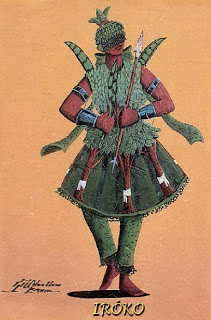 Readers not familiar with Norse
mythology (and I am sure there are many) will be curious: Why do we have a
family of siblings representing time in your story?
Readers not familiar with Norse
mythology (and I am sure there are many) will be curious: Why do we have a
family of siblings representing time in your story?
I wasn’t specifically
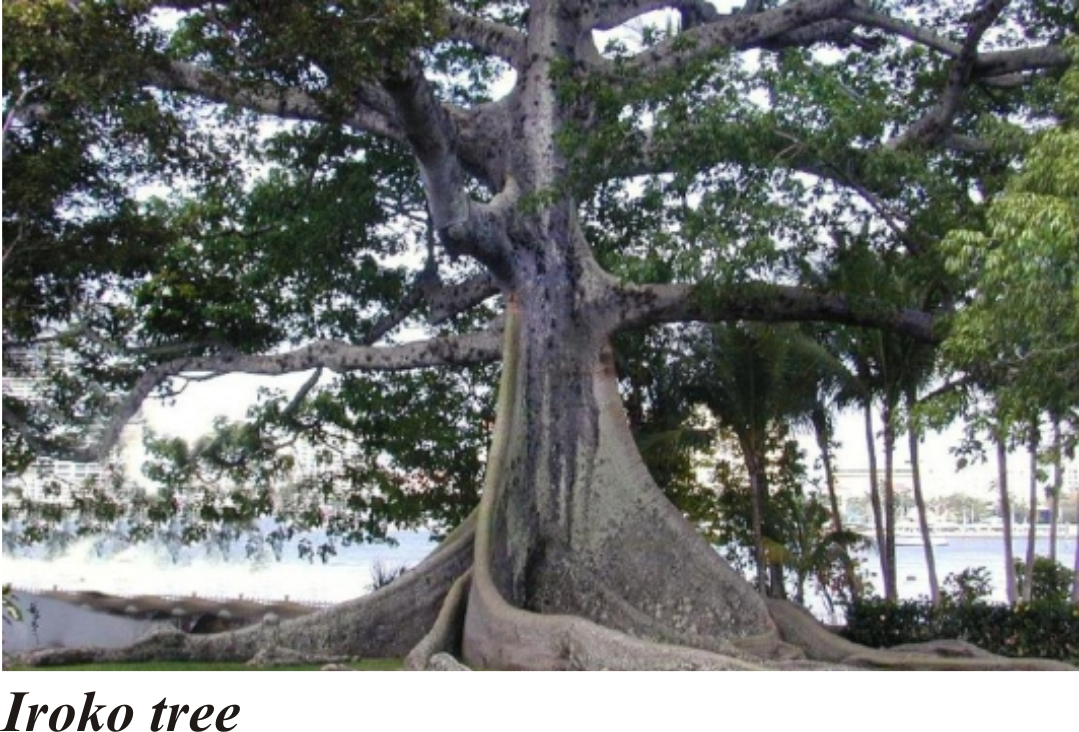 thinking of Norse mythology when I decided to
make them a family. Whenever I write stories about personified abstract
concepts like time, I enjoy splitting them up into distinct parts which I can
heighten or focus on for a story but of course they remain part of a whole and
the best way to represent that in my mind is to make them a family. They are
separate but related and make a unit. The similarity with (some) days of the
week being named for the Norse pantheon which is also a family of gods is a bit
coincidental.
thinking of Norse mythology when I decided to
make them a family. Whenever I write stories about personified abstract
concepts like time, I enjoy splitting them up into distinct parts which I can
heighten or focus on for a story but of course they remain part of a whole and
the best way to represent that in my mind is to make them a family. They are
separate but related and make a unit. The similarity with (some) days of the
week being named for the Norse pantheon which is also a family of gods is a bit
coincidental.

Talk to us about the relationship between your literary expression and the visual art it so brilliantly evokes. How consciously do you create visual art on the page?
As you write, do you consciously reference art forms eg graphic art, contemporary art (which is limitless); European renaissance art? Or are the images you create spontaneous expressions and eruptions of years of coming under the influence of all kinds of genres?
 The last option is probably the closest to the truth. I was exposed to
many kinds of visual media at an early age and they have all stayed with me to
some degree. Some of my strongest influences come from video games, comic books and film.
Those media often use lots of bold and complex imagery, striking colours,
strange symmetry, complex patterns and so all that
The last option is probably the closest to the truth. I was exposed to
many kinds of visual media at an early age and they have all stayed with me to
some degree. Some of my strongest influences come from video games, comic books and film.
Those media often use lots of bold and complex imagery, striking colours,
strange symmetry, complex patterns and so all that comes out in my writing
because those are the sort of images I have in my head. Over time, I’ve sort of
learned not to use that extravagant style for every story but when it comes to
fantasy writing, I feel that it works. Not everyone agrees though. I have been
told by more experienced writers and editors that my writing can sometimes veer
into purple prose, overwriting, showy elements that can distract from a story.
I personally still think that some stories call for that but I acknowledge the
problem and it’s one of those things I’m still working on learning about as I
keep studying and practising the craft.
comes out in my writing
because those are the sort of images I have in my head. Over time, I’ve sort of
learned not to use that extravagant style for every story but when it comes to
fantasy writing, I feel that it works. Not everyone agrees though. I have been
told by more experienced writers and editors that my writing can sometimes veer
into purple prose, overwriting, showy elements that can distract from a story.
I personally still think that some stories call for that but I acknowledge the
problem and it’s one of those things I’m still working on learning about as I
keep studying and practising the craft.
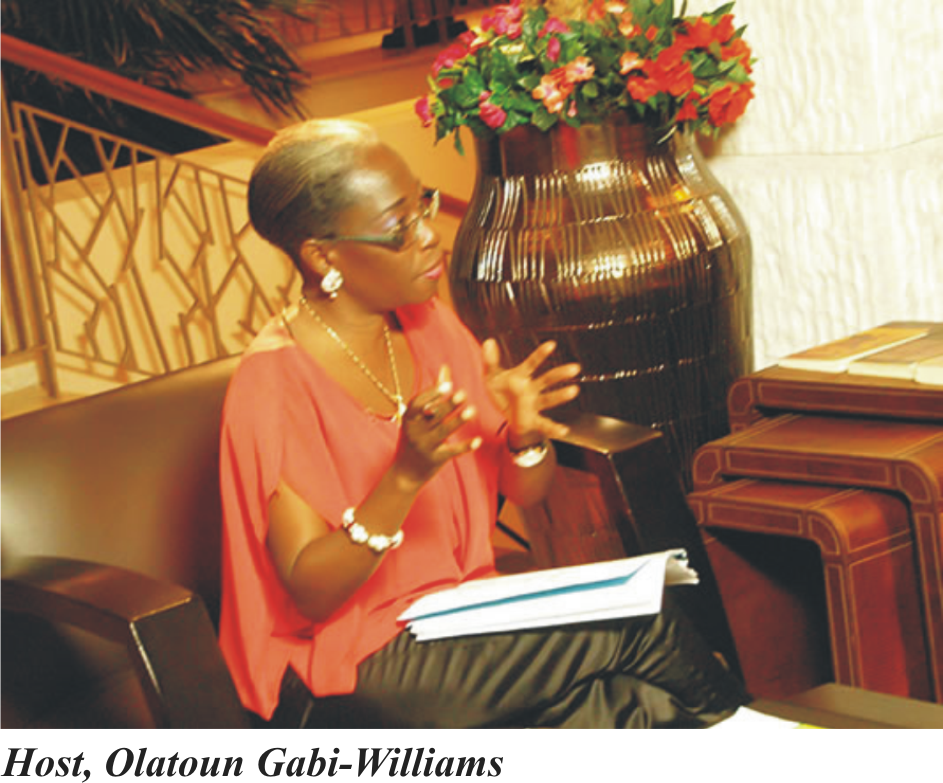

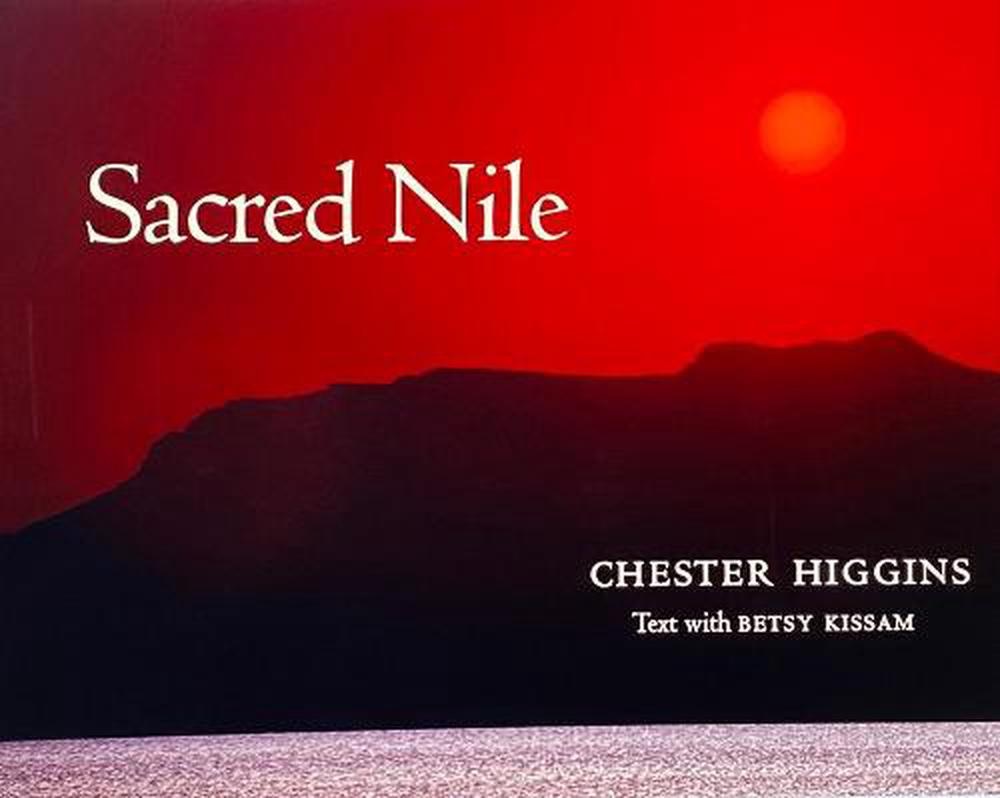
I am drawn to people of mixed-cultural descent and of mixed-race heritage. I'm also drawn to ...
David Aguilar, born in Andorra, is an inspiring figure known for his resilience and crea ...